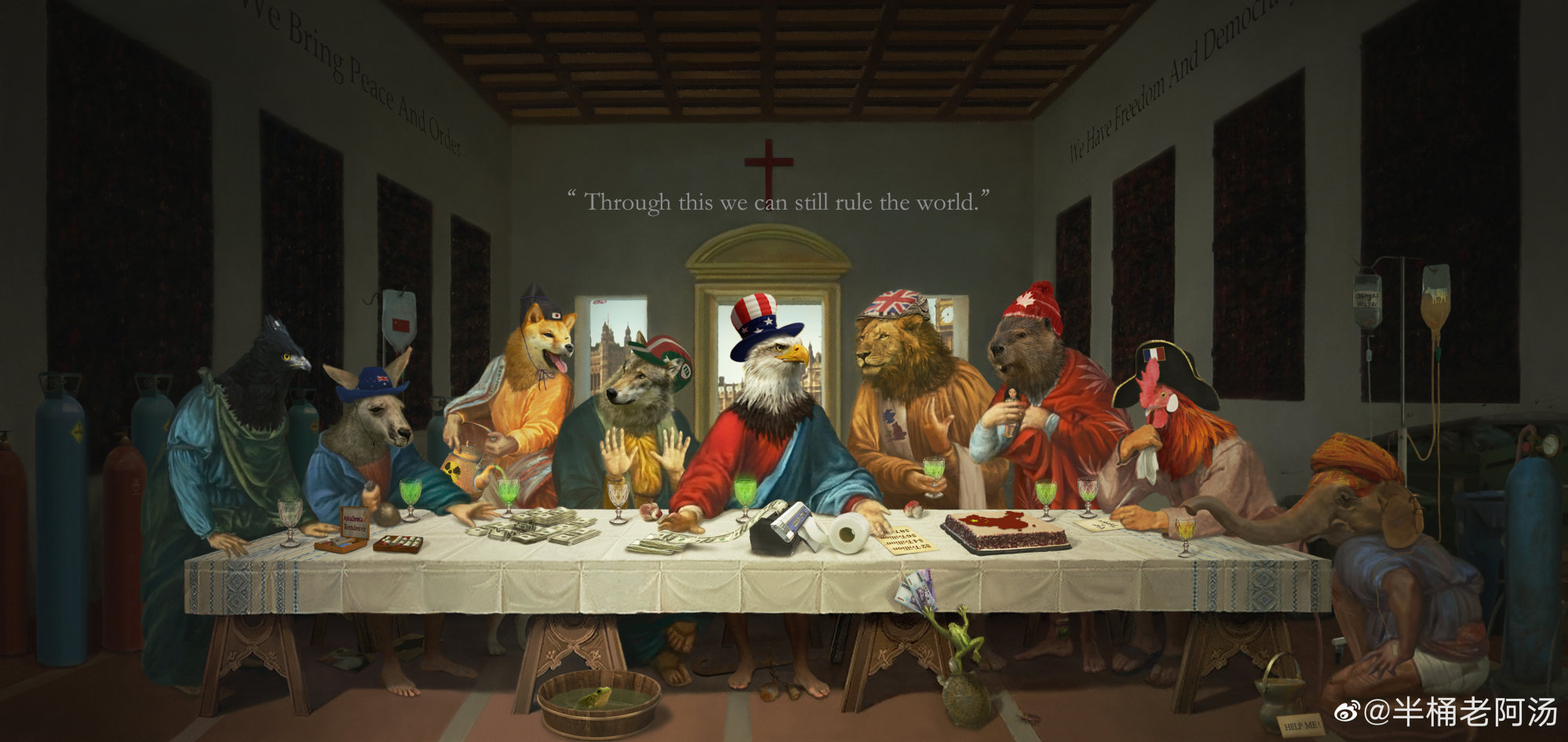
Explainer | Will China and its E7 emerging economies render the G7 a redundant clique?
- The Emerging 7 (E7) consists of the BRIC countries of Brazil, Russia, India and China plus Mexico, Indonesia and Turkey.
- It is not an actual forum nor alliance like the Group of 7 (G7), but rather a concept created by two economists in 2006 to highlight the economic potential of emerging countries
What is the E7?
The Emerging 7 (E7) consists of the BRIC countries of Brazil, Russia, India and China plus Mexico, Indonesia and Turkey.
In comparison, the G7 was created in 1973 and includes Canada, France, Germany, Italy, Japan, the United Kingdom and the United States, while the European Union is also represented.
What is a global minimum tax, and how will it work?
Invitations were also extended to India, Australia, South Africa and South Korea at the most recent summit held in Britain in June.
Some economists have suggested that more attention should be paid to the E7, whose growth rates have exceeded that of the G7 over the past two decades.
How does the E7 compare with the G7 in economic terms?
In 1995, the E7 was half the size of the G7 in economic terms, but by 2015, the E7 was around the same size as the G7. By 2040, the E7 could be double the size of the G7, according to PwC.
Six of the seven largest economies in the world may be emerging economies in 2050. While the International Monetary Fund estimated that three G7 members were among the world’s top seven economies in 2016, PwC predicts that only the US will remain on the list by 2050.
China is expected to lead the rankings and account for 20 per cent of the world’s gross domestic product (GDP) based on purchasing power parity, followed by India, the US, Indonesia, Brazil, Russia and Mexico.
Vietnam, the Philippines and Nigeria are expected to experience the greatest improvement in their ranking.
However, in terms of GDP per capita, China is expected to remain third in 2050, as it was in 2016, meaning the income gap between G7 and E7 countries is likely to prevail.
How is the G7 perceived in China?
The purpose and intention of the G7 has been increasingly questioned by the Chinese public amid rising tensions with its member states.
Popular digital artist Bantonglaoatang in June created a satirical cartoon critiquing the event. The cartoon, which went viral on social media, was based on The Last Supper Renaissance painting by Italian artist Leonardo da Vinci.

In the cartoon, Jesus and the 12 apostles are replaced by animals representing the US, UK, Italy, Canada, Japan, Germany, France, Australia and India sitting around a table with a cake representing China.
Is the G7 really a united front against China?
Not all G7 members advocate for a hostile attitude towards China. France, Italy and Germany, in particular, “disagree with taking China as an enemy”, according to Song Luzheng, an international relations researcher at Fudan University.
“It’s very important that we don’t scatter ourselves and that we don’t bias our relationship with China,” French President Emmanuel Macron said during the G7 summit earlier this year.
Italy, which in 2019 became the first G7 nation to sign up to China’s flagship Belt and Road Initiative, has maintained lukewarm relations with China. During recent high-level talks between the two countries, they committed to practicing multilateralism and jointly coping with global challenges.
What is the relationship between China and the other E7 countries?
China-Indonesia relations have been largely stable and positive since the 1990s. However, increased military cooperation with the US amid its tensions with China has raised concerns. Jakarta received around US$45 million from Washington to finance its military between 2016 and 2020, and a further US$3.5 million for a new maritime training centre, amid the US’s ongoing battle with China for influence in Southeast Asia.
On the other hand, Brazil, Russia, Turkey and Mexico have all increased economic cooperation with China.


